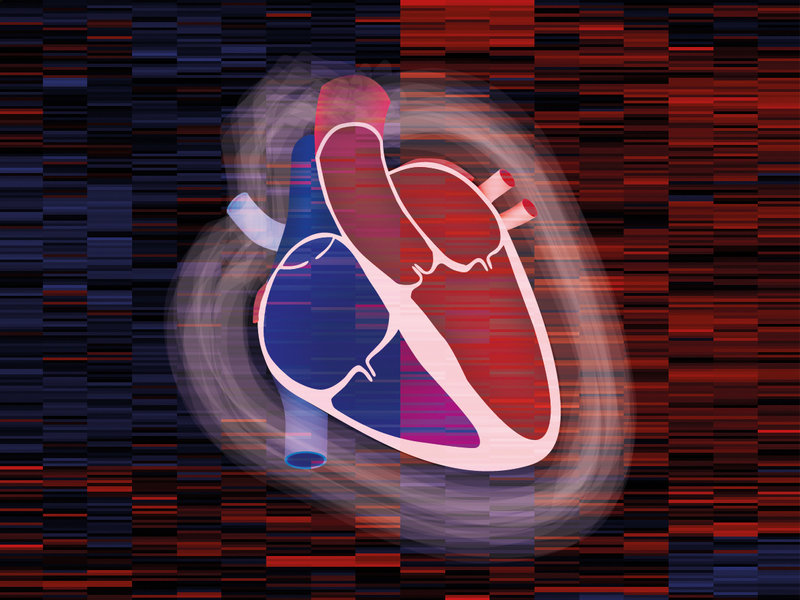Proteome of the human heart mapped for the first time

Atlas of the Heart - A healthy heart beats about two billion times during a lifetime – thanks to the interplay of more than 10,000 proteins. Researcher from the Max Planck Institute of Biochemistry (MPIB) and the German Heart Centre at the Technical University of Munich (TUM) have now determined which and how many individual proteins are present in each type of cell that occurs in the heart. In doing so, they compiled the first atlas of the healthy human heart, known as the cardiac proteome. The atlas will make it easier to identify differences between healthy and diseased hearts in future.
Proteins are the molecular machines of cells, in which they perform a range of functions. They are produced by the cells based on blueprints stored in their DNA. Changes occurring at the DNA or protein level can lead to disorders. For such changes to be recognized as underlying causes of heart disease, it is important to know precisely which proteins are present in the healthy heart and in what quantities.
Protein map of the heart
The first such protein atlas of the heart was recently published in Nature Communications by a research team from Munich. The scientists determined the protein profile of cells in all the regions of the heart, such as heart valves, cardiac chambers and major blood vessels. In addition, they investigated the protein composition in three different cell types of the heart: the cardiac fibroblasts, the smooth muscle cells and the endothelial cells. In this way the researchers were able to map the distribution of proteins in the various regions of the heart. Using mass spectrometry, they identified nearly 11,000 different proteins throughout the heart.
Previous studies had focussed for the most part only on individual cell types, or they used tissue from diseased hearts. "This approach has two problems," says Sophia Doll of the MPIB and lead author of the study. "First, the results did not give a full picture of the heart across all its regions and tissues; and second, comparative data on healthy hearts were often missing. Our study has eliminated both problems. Now the data can be used as a reference for future studies."
"Looking at the protein atlas of the human heart, you can see that all healthy hearts work in a very similar manner. We measured similar protein compositions in all the regions with few differences between them," says Sophia Doll. We were also surprised to find that the right and left halves of the heart are similar, despite having quite different functions: the right half pumps oxygen-poor blood to the lungs, while the left half pumps oxygen-rich blood from the lungs to the body.
